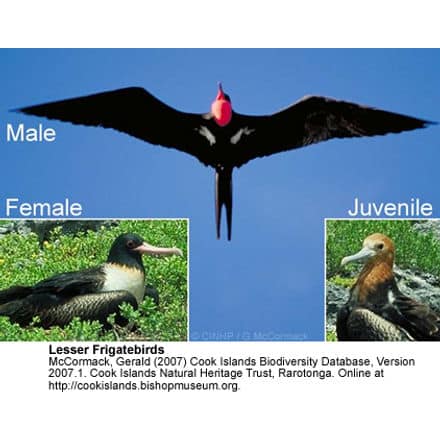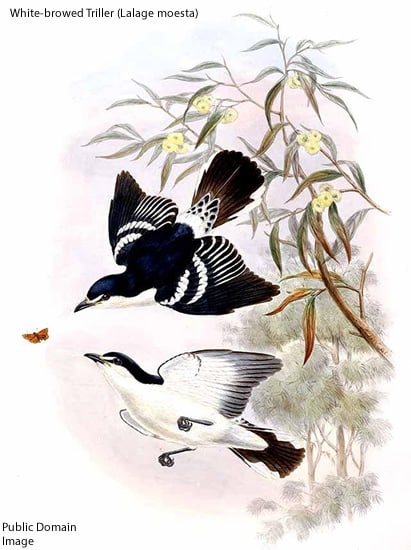Tyto
The genus Tyto (or subfamily Tytoninae) includes all Barn Owls (family Tytonidae), except for the Bay Owls (subfamily Phodilinae, genus Phodilus). They are darker on the back than the front, usually an orange-brown colour, the front being a paler version of the back or mottled, although there is considerable variation even amongst species.
Tyto owls have a divided, heart-shaped facial disc, and lack the ear-like tufts of feathers found in many other owls. Tyto owls tend to be larger than Bay Owls.
Tyto owls have shown a better capability to colonize islands than true owls. Later, several of these island forms have become extinct, some long ago, but some in comparatively recent times. A number of these island barn owls, from the Mediterranean and the Caribbean, were very large or truly gigantic species.
- Tyto gigantea (fossil; Late Miocene of Gargano Peninsula, Italy)
- Tyto robusta (fossil; Late Miocene of Gargano Peninsula, Italy)
- Tyto balearica (fossil; Late Miocene – Middle Pleistocene of WC Mediterranean) – includes T. sanctialbani
- Tyto mourerchauvireae (fossil; Middle Pleistocene of Sicily, Mediterranean)
Genus Tyto
- Greater Sooty Owl, T. tenebricosa
- Lesser Sooty-owl (Tyto multipunctata): lives in the wet tropics region of Australia. Like other birds of prey the female (37 cm) is bigger than the male (33 cm). The lesser sooty-owl is part of the masked group of owls an important part of the environment because they are efficient predators that keep down rodent populations. They feed mostly on animals like rats, bandicoots, and other rodents, but occasionally eat arboreal animals like birds and flying squirrels. Lesser sootys live long and have low-production rates with a breeding season from January to August. They are classified as common even though they have a limited habitat range. Lesser Sooty-Owls are protected animals in Australia where they live.
- Australian Masked Owl, T. novaehollandiae
- Golden Masked-owl, T. aurantia
- Lesser Masked-owl, T. sororcula
- Buru Masked-owl, T. (sororcula) cayelii (possibly extinct)
- Manus Masked-owl, T. manusi
- Taliabu Masked-owl, T. nigrobrunnea : The Taliabu Owl is an owl in the barn owl family Tytonidae. This is one of the two groups of owls, the other being the typical owls Strigidae. It is endemic to the Sula Islands, Maluku, Indonesia.
- Minahassa Masked-owl, T. inexspectata
- Sulawesi Owl, T. rosenbergii
- Barn Owl, T. alba
- Eastern Barn Owl, T. (alba) delicatula
- Ashy-faced Owl, T. glaucops
- Madagascar Red Owl T. soumagnei : The Madagascar Red Owl is an owl in the barn owl family Tytonidae. It is also known as the Madagascar Grass-owl and Soul’s Owl. It is a rare resident of Madagascar that was virtually unknown from its discovery in 1878 to its rediscovery by researchers from the World Wide Fund for Nature in 1993. It is currently listed as endangered because of habitat loss, but information is lacking and it may have a wider range than believed. It has possibly been overlooked because of its close resemblance to the closely related Barn Owl. The Madagascar Red Owl resembles the cosmopolitan Barn Owl but is smaller (30 cm) and has orange plumage with small black spots. It is known to live in humid evergreen forests in the east of the island, being found in primary forests and in disturbed secondary forests (possibly even human-altered open areas). It feeds on native mammals like tenrecs (tenrecidae) and tuft-tailed rats (as opposed to the Barn Owl, which feeds on introduced species). It nests in tree cavities, although there is only one record of a nest being found.
- African Grass-owl T. capensis
- Australasian Grass-owl T. longimembris
More Owl Information
- Owl Information
- Index of Owl Species with Pictures
- Owl Eyes / Vision Adaptations
- Pygmy Owls
- Barn Owls
- Horned Owls
- Scops Owls




